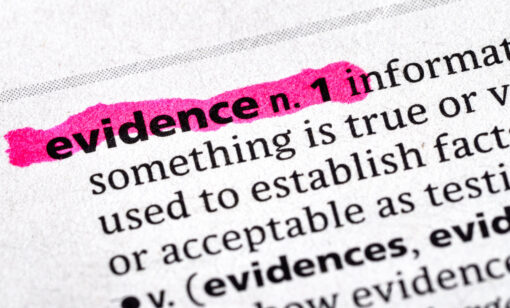In the realm of criminal justice, maintaining fairness and upholding the rights of the accused is paramount. Central to this is the concept of the “Brady Violation,” which revolves around the disclosure of evidence by the prosecution.
Here’s a deep dive into Brady violations, highlighting seven typical instances and their potential ramifications. If you are facing criminal charges and are not sure what your legal options are, contact Chambers Law Firm at 714-760-4088 for a free legal consultation.
The Essence of a Brady Violation
Brady violations come into play when the prosecution does not disclose specific evidence that could benefit the defense. These violations can manifest in various ways, including:
- Withholding reports or records indicating the defendant’s possible innocence.
- Concealing the specifics of an agreement, like those between the prosecution and a key witness.
- Suppressing tangible evidence challenging the defendant’s guilt.
- Not revealing information that might cast doubts on a witness’s credibility.
- Keeping information under wraps that contradicts a victim’s account.
- Not disclosing any evidence of police missteps or misconduct.
- Omitting proof pointing to another individual as the potential culprit.
The gravity of such a violation stems from its potential to infringe upon the defendant’s constitutional rights. The consequences of these oversights range from reversing convictions and dropping charges to declaring mistrials and even levying charges of prosecutorial misconduct.
Brady Disclosure: A Vital Step Towards Fairness
A ‘Brady disclosure’ refers to the act of the prosecution handing over any evidence favorable to the defense. This procedure ensures the defendant’s right to a fair trial, a principle reinforced by the U.S. Supreme Court in the landmark Brady v. Maryland case. This case solidified that revealing such information aligns with the Due Process right under the U.S. Constitution’s Fifth Amendment.
Typically, prosecutors adhere to their Brady obligations during a trial’s discovery phase. This provision generally occurs post the defense’s formal request for such pertinent information.
Delving into the Brady Motion
In the course of a trial, the defense might suspect that the prosecution is holding back evidence that could aid their case. In such scenarios, they can file a ‘Brady motion’, which is essentially a formal plea to compel the prosecution to release:
- Evidence clearing the defendant of the alleged crime.
- Any evidence favorable to the defendant’s side.
The onus then shifts to the court to decide on the motion. Here, the defense, prosecution, and presiding judge partake in a hearing. The defense posits that specific Brady material, which can absolve the defendant of the crime, is being withheld. The prosecutor, in turn, might deny such claims, argue the irrelevance of the evidence, or concede its favorability to the defendant.
Consequences Stemming from a Brady Motion
The court’s verdict on a Brady motion can swing in two directions. Should the judge believe the prosecution has been transparent and provided all beneficial evidence, the motion may be dismissed. Conversely, if the judge discerns any withholding of evidence, the motion will be upheld.
Such a determination can carry significant repercussions. In instances where crucial evidence has been suppressed, outcomes might include overturning previous convictions, dismissing charges, declaring mistrials, and potentially prosecuting for prosecutorial misconduct.
For those navigating the intricate corridors of the criminal justice system, understanding the role and implications of Brady violations is pivotal. And if you ever find yourself in such a predicament, do remember to contact Chambers Law Firm at 714-760-4088 for expert legal counsel.





